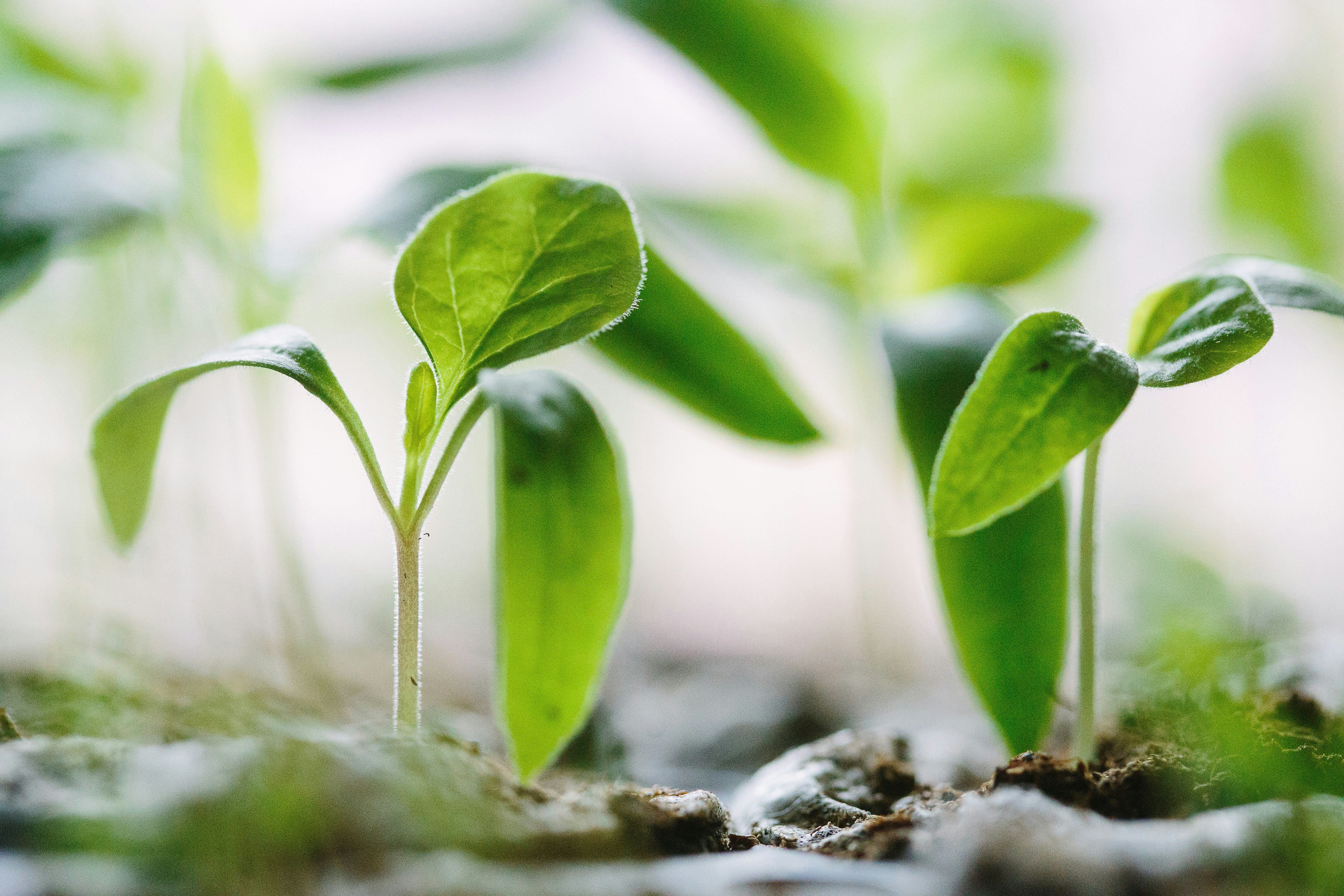Key Takeaways:
- A new method using luminescent materials embedded in plants allows for real-time monitoring and data storage in precision agriculture.
- The innovative approach involves microneedle (MNs) patches to deliver encapsulated long-afterglow materials into plant leaves.
- This technology could revolutionize how plant health and environmental data are recorded and managed in agricultural systems.
Introduction: The Need for Innovation in Precision Agriculture
As agriculture transitions towards more technology-driven practices, the demand for reliable and efficient methods to monitor and record plant health has grown. Traditional labeling methods, such as using PVC tags, are prone to damage and loss, making them less suitable for the high-tech needs of precision agriculture. Recognizing this challenge, researchers led by Li et al. (2024) have developed a novel system for encoding and storing information directly within plants using luminescent materials.
The Technology: Luminescent Plant Labels
The core of this innovation lies in the use of strontium aluminate (SAO) particles, known for their long-lasting luminescence. These particles are encapsulated with phosphoric acid (H3PO4) to enhance water resistance and maintain their optical properties within the moist environment of plant tissues. By utilizing microneedle (MNs) patches, the researchers were able to deliver these luminescent particles into plant leaves, creating stable, long-lasting luminescent labels.
The MNs patches, made from sodium hyaluronate, are designed to dissolve upon contact with plant tissues, releasing the encapsulated SAO particles. This process ensures that the luminescent labels remain embedded in the plant without causing significant damage or disruption to the plant’s normal functions.
Results: Enhanced Luminescence and Stability
The study demonstrated that the encapsulated SAO particles exhibit improved luminescent properties compared to non-encapsulated particles. The protective H3PO4 layer not only increased the particles’ water resistance but also enhanced their luminescence intensity and longevity within plant tissues.
In practical tests, the luminescent labels were successfully delivered into plant leaves using MNs patches. The researchers found that the particles remained stable within the plant for extended periods, with no significant reduction in luminescent intensity or adverse effects on plant health. This stability was confirmed by the absence of changes in photosynthetic efficiency and internal water transport in the labeled plants.
Applications and Future Prospects
The implications of this technology for precision agriculture are profound. By embedding luminescent labels within plants, farmers and agricultural managers can achieve more accurate and continuous monitoring of plant health and environmental conditions. This technology also supports the integration of plants into the Internet of Things (IoT), where data from the luminescent labels can be recorded and analyzed in real-time.
The researchers also explored the potential for these labels to store large amounts of data. By arranging the luminescent dots in specific patterns, similar to QR codes, the system can encode binary information directly within the plant. This capability could be used to track growth conditions, treatments, and other critical agricultural data.
Funding and Support
This research was supported by various funding sources, including the National Natural Science Foundations of China (Grant No. 12274144; Grant No. 52102042), the Project of GDUPS (2018) for Prof. Bingfu LEI, the Guangdong Provincial Special Fund for Modern Agriculture Industry Technology Innovation Teams (No. 2022KJ22, 2023KJ122), Guangdong Basic and Applied Basic Research Foundation (2022A1515010452, 2022A1515010229), and the Guangdong Provincial Science & Technology Project (No. 2020A1414010049).
Read the entire research paper here.


